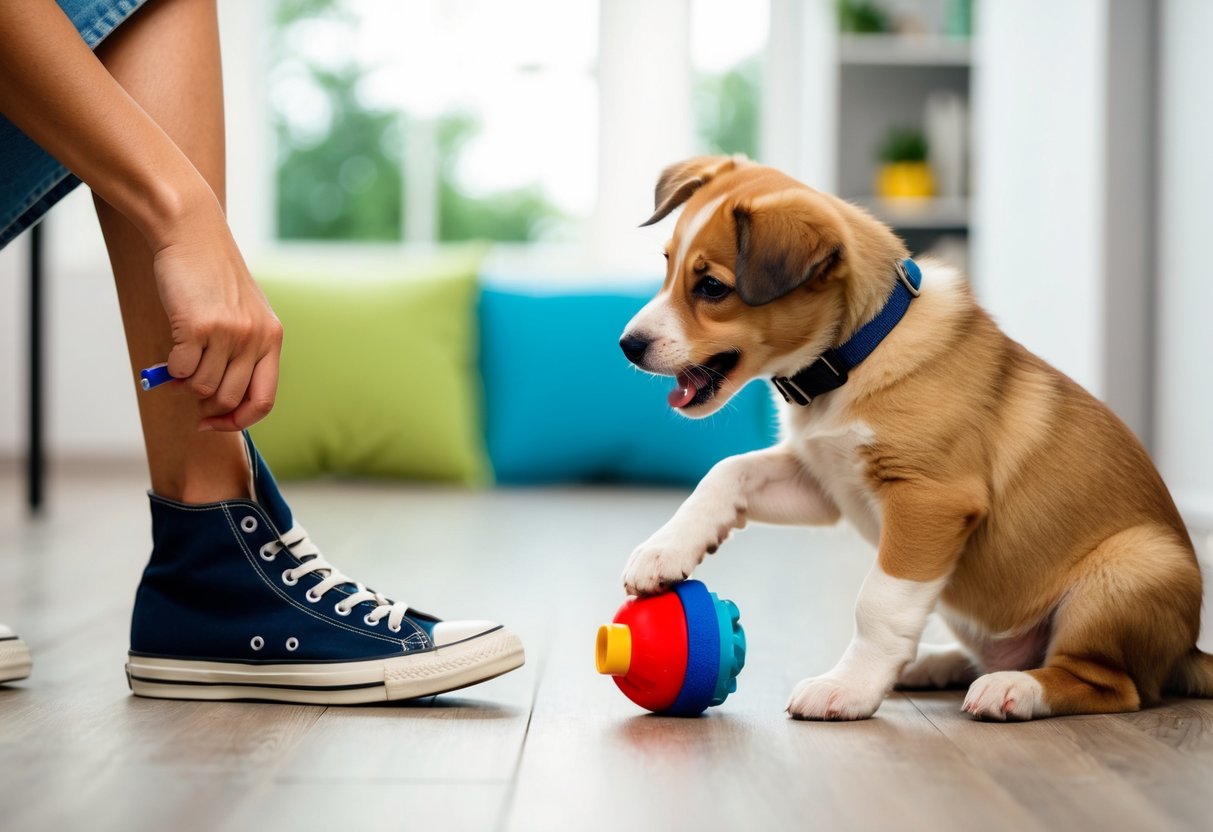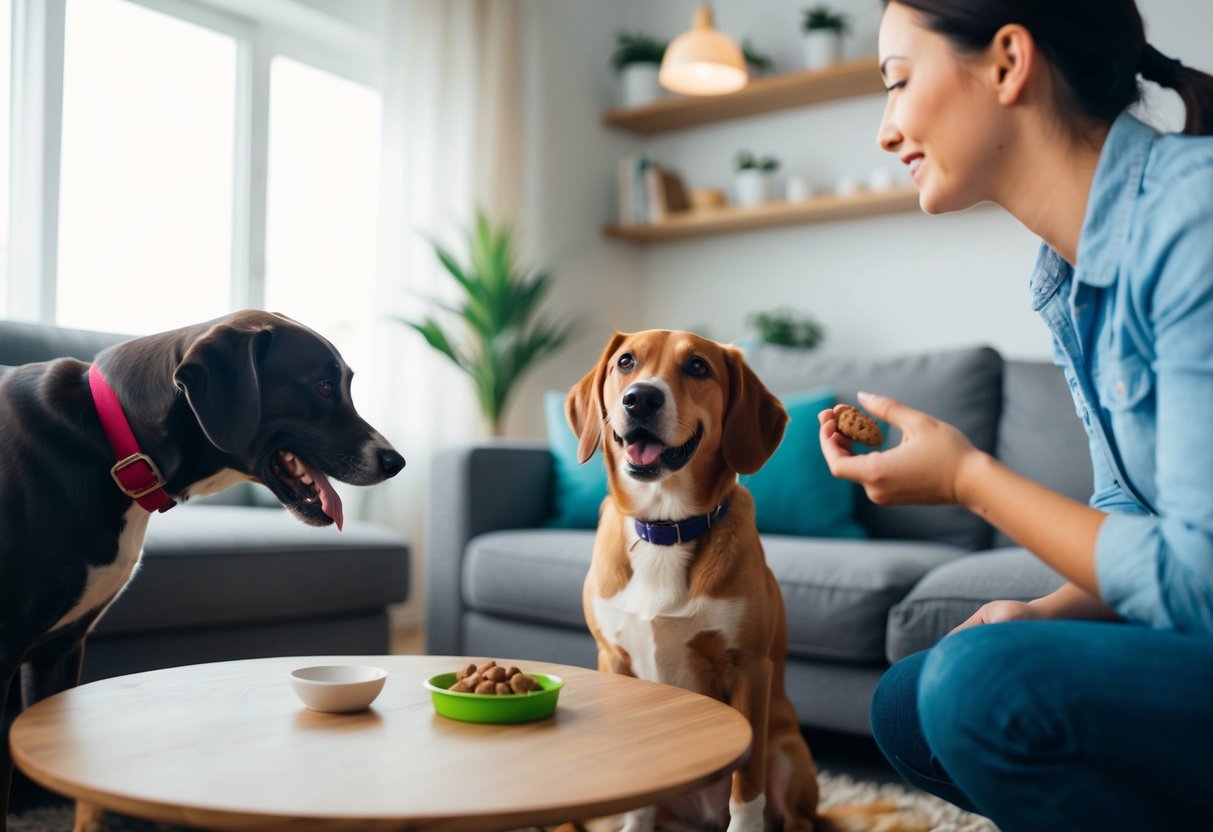
When to Consult a Professional
Pet owners often wonder when it’s appropriate to seek the help of a dog trainer. If a dog exhibits persistent issues such as aggression, excessive barking, or destructive behavior, consulting a professional dog trainer becomes essential. These experts possess the skills to evaluate the underlying causes of unwanted behaviors and develop customized training plans.
Moreover, dog trainers can assist with basic obedience training, ensuring that pets respond to essential commands like sit, stay, and come. This foundation is vital for a harmonious household. Owners new to raising a dog or those dealing with stubborn breeds might find a dog trainer particularly beneficial. By working with a professional, pet owners can enhance their handling skills and ensure their dogs lead happier and more controlled lives.
Training Techniques

To curb unwanted pet behaviors and develop positive habits, focus on structured training techniques such as clicker training and obedience training. Each method has unique approaches and benefits that can enhance your pet’s ability to learn and adapt.
Clicker Training Essentials
Clicker training utilizes a small device that makes a precise clicking sound to signal to pets that they have performed a desired behavior. The essence of this technique lies in timing and consistency, ensuring that the click marks the exact moment the pet performs the behavior correctly. This is followed immediately by a reward, such as a treat or verbal praise, reinforcing the positive experience.
Effective clicker training requires short, focused sessions. Pets respond best when they are not overwhelmed, so limiting each session to no more than 10-15 minutes is advisable. Consistency is crucial; repeating the process daily helps solidify the behaviors that need reinforcement. It’s important to be patient and adjust the training pace according to the pet’s comfort and learning speed.
Obedience Training Basics
Obedience training lays the foundation for appropriate behavior through structured commands and positive reinforcement. This approach focuses on essential commands like sit, stay, and come, enabling better control and safety for the pet. By using a combination of verbal commands and hand signals, training becomes more intuitive for both the owner and the pet.
Positive reinforcement is key, often involving treats, toys, or affectionate gestures. Establishing a routine is vital; starting with simple tasks and gradually introducing more complex commands as the pet progresses encourages continuous development. Short training sessions conducted regularly ensure that the pet retains the information effectively without becoming stressed or bored.
Creating a Supportive Environment
Creating a nurturing space for pets involves addressing their mental and emotional needs. Pets often exhibit better behaviors when they are regularly stimulated and engaged.
Ensuring Adequate Mental Stimulation
Mental stimulation is crucial for maintaining a pet’s well-being. This can be achieved through interactive toys, puzzles, and regular playtime. Daily activities that challenge a pet’s intellect help reduce unwanted behaviors and promote positive habits. For example, consider hiding treats around the home to encourage your dog to sniff and search, engaging their natural instincts.
Different pets have unique stimulation needs; understanding these helps in tailoring suitable activities. Frequent changes in toys and activities prevent boredom. Incorporating training sessions with rewards keeps them mentally sharp. Overall, these steps can create a richer environment that supports a pet’s mental health and reduces stress-related behaviors.



